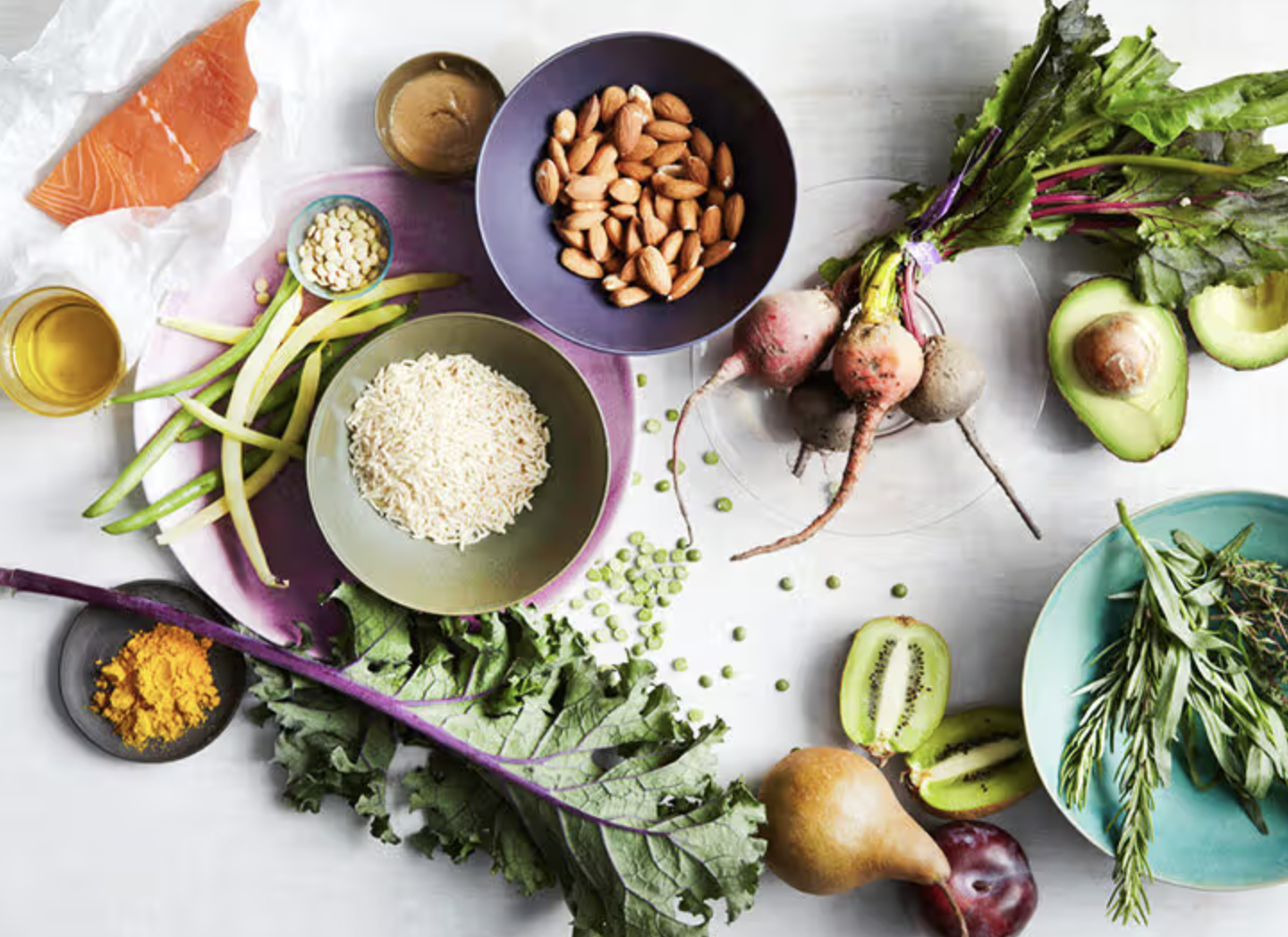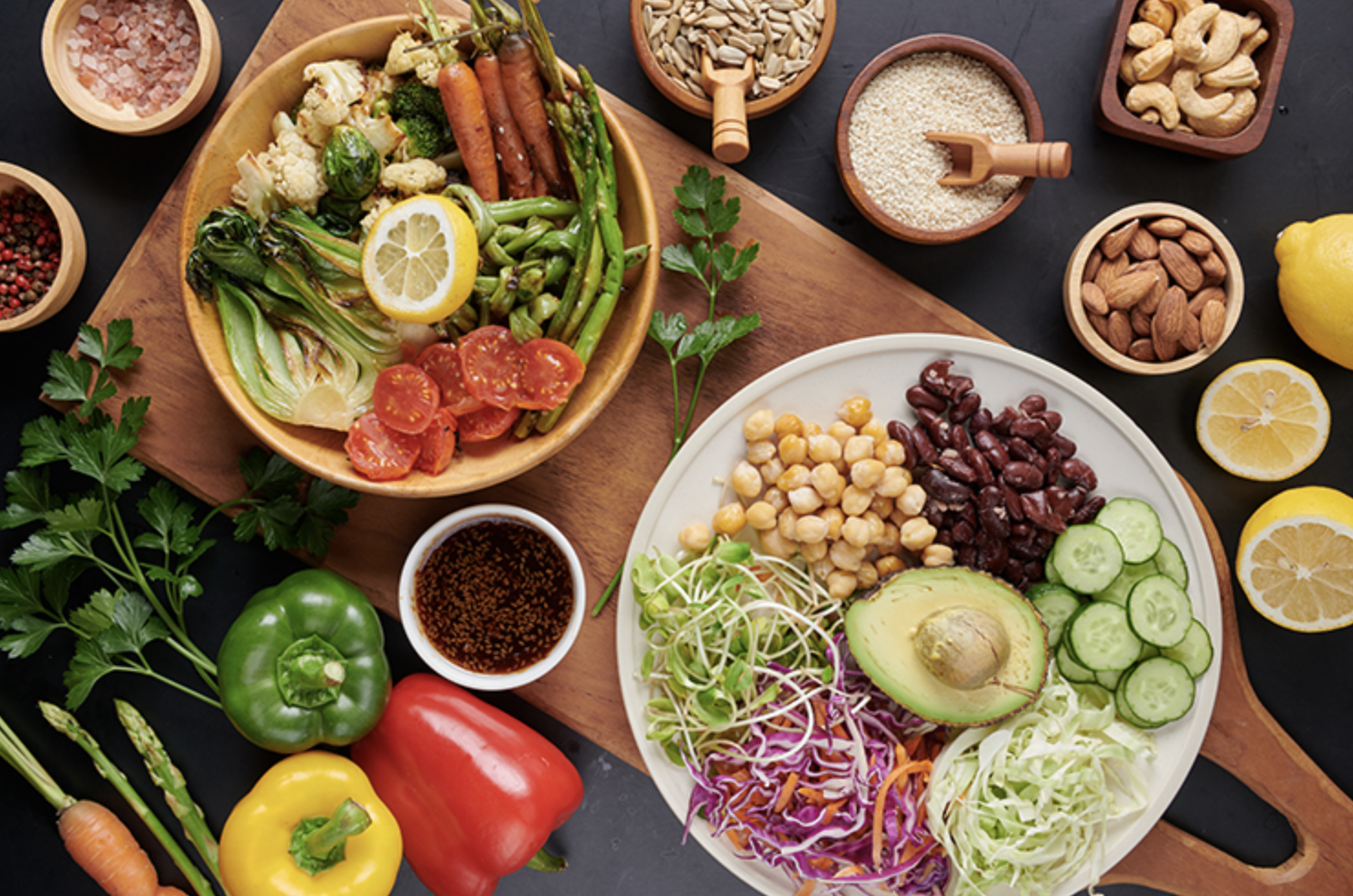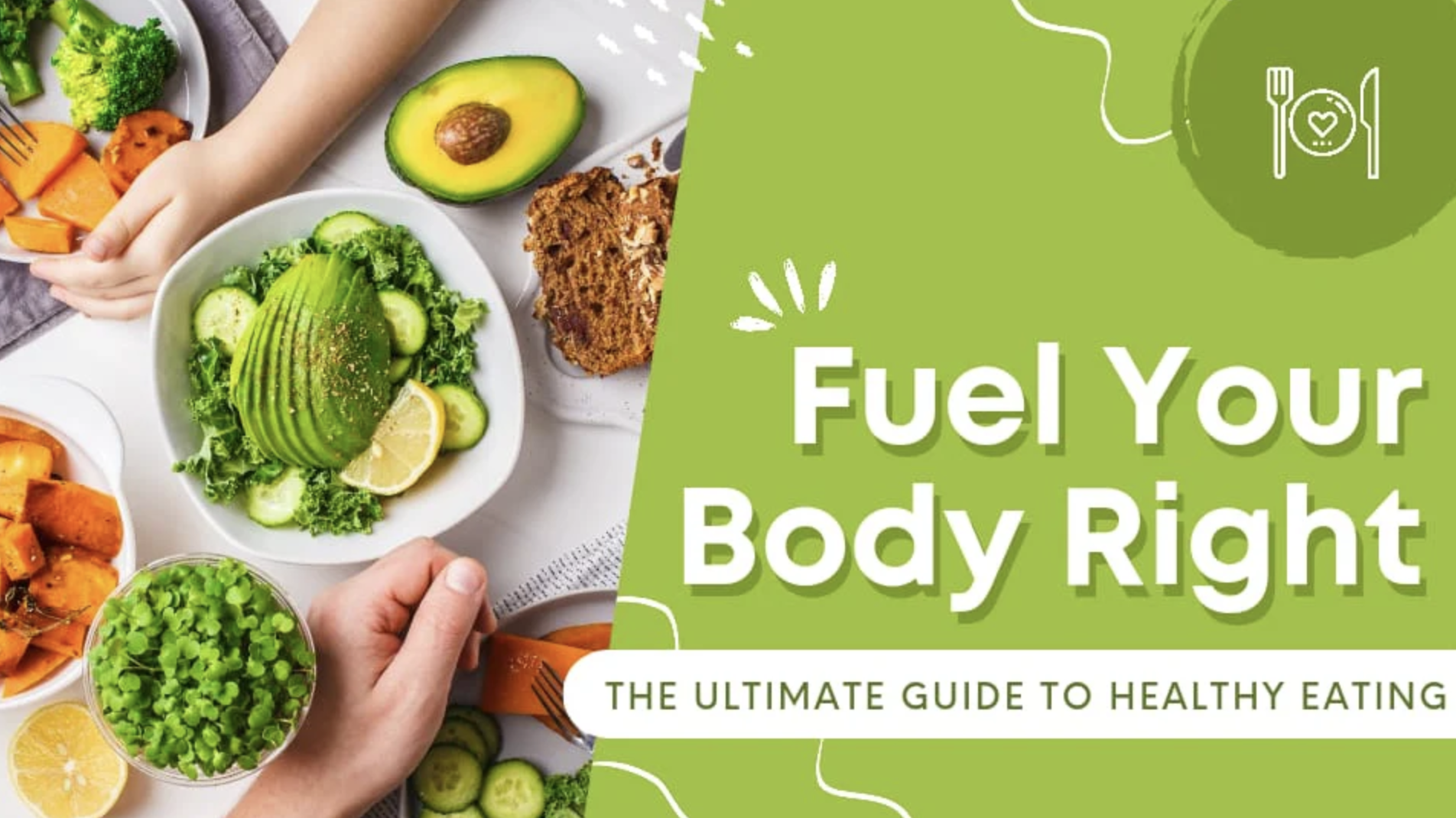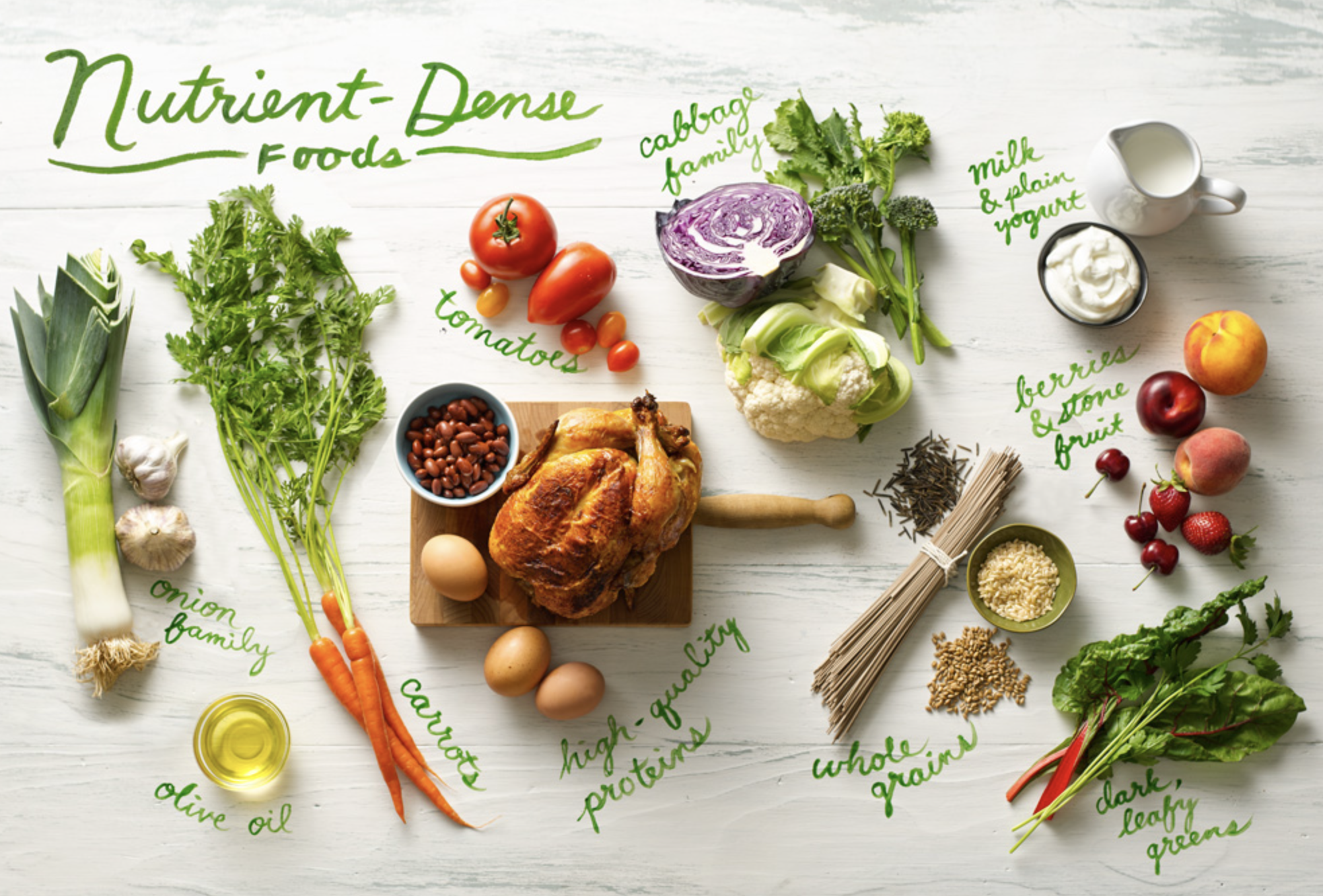Flavorful and Nutritious Cooking Tips
Embark on a culinary journey with our guide to Flavorful and Nutritious Cooking Tips! This tantalizing exploration will revolutionize your kitchen, transforming everyday meals into gourmet delights. Prepare to be amazed!
Choosing Fresh, Seasonal Ingredients for Maximum Flavor and Nutrition
Opting for fresh, seasonal ingredients is a cornerstone of cooking both flavorful and nutritious meals. When you select fruits and vegetables that are in their peak season, you're not just benefiting from their optimal taste; you're also tapping into their highest nutritional content. These ingredients haven't been stored for long periods, which often leads to a decrease in vitamins and minerals. Furthermore, seasonal produce tends to be more affordable due to its abundance during specific times of the year, making it a win-win for your palate and your wallet. Engage with local farmers markets or your grocery store's seasonal section to discover the freshest produce available. This approach not only enhances the quality and flavor of your meals but also supports local agriculture, ensuring that your cooking choices contribute to a sustainable food system. By prioritizing fresh, seasonal ingredients, you're setting the foundation for meals that are inherently more delicious and nourishing.

Utilizing Herbs and Spices to Enhance Flavor Without Extra Calories
Herbs and spices are the secret weapon in your pantry for adding a burst of flavor to any dish without contributing additional calories. This strategy is particularly effective for those aiming to maintain a healthy diet without sacrificing taste. Experimenting with various herbs and spices can transform a simple meal into a culinary masterpiece. Consider the aromatic allure of rosemary in roasted vegetables, or the warm, inviting essence of cinnamon in oatmeal. Each herb and spice carries its unique flavor profile and health benefits, from the anti-inflammatory properties of turmeric to the digestive aid of ginger. Diversify your use of these flavor enhancers by exploring international cuisines, which often rely heavily on the nuanced use of spices and herbs to achieve their signature tastes. By incorporating a broad range of these ingredients, you not only enrich the flavor palette of your meals but also introduce a variety of antioxidants and nutrients that support overall health. Start with small amounts to gauge the impact on flavor, and remember, the key to mastering the use of herbs and spices is experimentation and adjustment according to your personal taste preferences.
Smart Cooking Techniques That Preserve Nutrients
Choosing the right cooking techniques is crucial for maintaining the nutritional integrity of your meals. Gentle cooking methods such as steaming, roasting, and sautéing are recommended to help keep the vitamins and minerals intact. Steaming is particularly effective for vegetables, as it minimizes nutrient loss by avoiding direct contact with water. Roasting can enhance the natural flavors of your ingredients, making it a fantastic option for both vegetables and meats, without compromising on nutrition. Sautéing, when done with a minimal amount of healthy oil, can preserve the taste and health benefits of your food. It's important to monitor cooking times closely; overcooking can not only diminish the flavor of your dishes but also degrade valuable nutrients. By employing these smart cooking methods, you ensure that each meal you prepare is not only a delight to the palate but also a boon to your body's well-being.

Incorporating a Balanced Mix of Macronutrients in Every Meal
Achieving a harmonious balance of carbohydrates, proteins, and fats within your meals is not only fundamental for optimal health but also for maintaining energy and supporting body functions. Aim to fill your plate with a diverse range of foods to cover all macronutrient bases. Incorporate lean protein sources such as chicken, fish, beans, or tofu to support muscle repair and growth. Complement these with complex carbohydrates like sweet potatoes, quinoa, or barley to fuel your body with sustained energy. Don’t forget to add healthy fats from sources like avocado, nuts, or seeds to enhance satiety and nutrient absorption. This balanced approach not only ensures a nutritional powerhouse on your plate but also introduces a variety of flavors and textures, making each meal a delightful experience. Getting the right mix of macronutrients can also aid in weight management and prevent chronic diseases, proving that a nutritious diet can also be delicious and satisfying. Remember, the key is variety and moderation to enjoy the full spectrum of flavors and health benefits that food has to offer.
The Role of Whole Grains in a Nutritious Diet
Whole grains stand as pillars in the realm of healthful eating, offering a treasure trove of benefits that extend far beyond simple nutrition. They are a source of complex carbohydrates, providing the body with a steady stream of energy, while their high fiber content promotes a healthy digestive system and contributes to heart health. By incorporating options like barley, oats, and farro into your recipes, you introduce an array of textures and flavors that can elevate a meal from ordinary to exceptional. Whole grains also pack a punch with essential minerals and B vitamins, vital for maintaining energy levels and overall well-being. Integrating these powerhouses into your diet is simple and can be as easy as opting for whole grain versions of your favorite breads or pastas. The inclusion of whole grains not only diversifies your culinary palette but also supports a robust and vibrant diet. As you explore the vast world of whole grains, you'll discover not just the health benefits they bring but also the depth they add to your cooking, allowing you to enjoy meals that are as nutritious as they are satisfying.

Creative Ways to Include More Fruits and Vegetables
Incorporating more fruits and vegetables into your meals doesn't have to be a chore or compromise the enjoyment of eating. Blend vegetables like carrots or beets into sauces or smoothies for an unnoticeable nutrient boost. Roast a mix of seasonal vegetables with a drizzle of olive oil and your favorite herbs for a flavorful side dish. Create vibrant salads by mixing fruits such as berries, apple slices, or citrus segments to introduce a fresh, sweet element that contrasts beautifully with leafy greens. For snacks, consider vegetable sticks with hummus or fruit slices with nut butter for a satisfying crunch. You can also replace some traditional ingredients with vegetable alternatives, such as using cauliflower rice instead of white rice or spiraling zucchini as a substitute for noodles. These small adjustments in your daily diet can significantly increase your intake of essential nutrients, bringing you closer to achieving a balanced and healthful eating pattern while adding an exciting twist to your culinary creations.
Understanding the Importance of Healthy Fats
Healthy fats are vital to a well-rounded diet, offering benefits that go beyond just satiety. These fats, found in foods like salmon, chia seeds, and extra virgin olive oil, are key for absorbing fat-soluble vitamins such as A, D, E, and K, ensuring that your body gets the full spectrum of nutrients from your meals. Moreover, they contribute to the health of your heart by maintaining healthy cholesterol levels and providing anti-inflammatory properties that can protect against chronic diseases. Integrating healthy fats into your dishes not only boosts nutritional value but also enriches the flavors, making meals more enjoyable. For instance, dressing a salad with a vinaigrette based on olive oil or adding avocado slices to your sandwich can elevate the taste significantly. These fats are also crucial for cognitive health, supporting brain function and mood regulation. Embracing healthy fats means enjoying a variety of delicious foods that are integral to a balanced diet, contributing to long-term well-being and culinary satisfaction.
Planning and Prepping for Consistently Healthy and Tasty Meals
To ensure your kitchen is always stocked for success, embrace the art of meal planning and ingredient preparation. Begin each week by outlining your meals, incorporating a diverse array of flavors and nutrients to keep your diet interesting and balanced. This forward-thinking approach not only streamlines your grocery shopping - reducing waste and saving money - but also helps resist the temptation of less healthy, convenient options. Spend a portion of your weekend washing, chopping, and pre-cooking components of your meals. For instance, roasting a batch of mixed vegetables or cooking a large pot of quinoa can set you up for several days of effortless, mix-and-match dining. Additionally, consider portioning snacks into grab-and-go formats to make healthy choices easy and accessible throughout the week. By dedicating time to plan and prep, you lay the groundwork for a week of meals that are as satisfying to your taste buds as they are beneficial to your health, ensuring that you’re never too busy to eat well.
You May Also Like:






